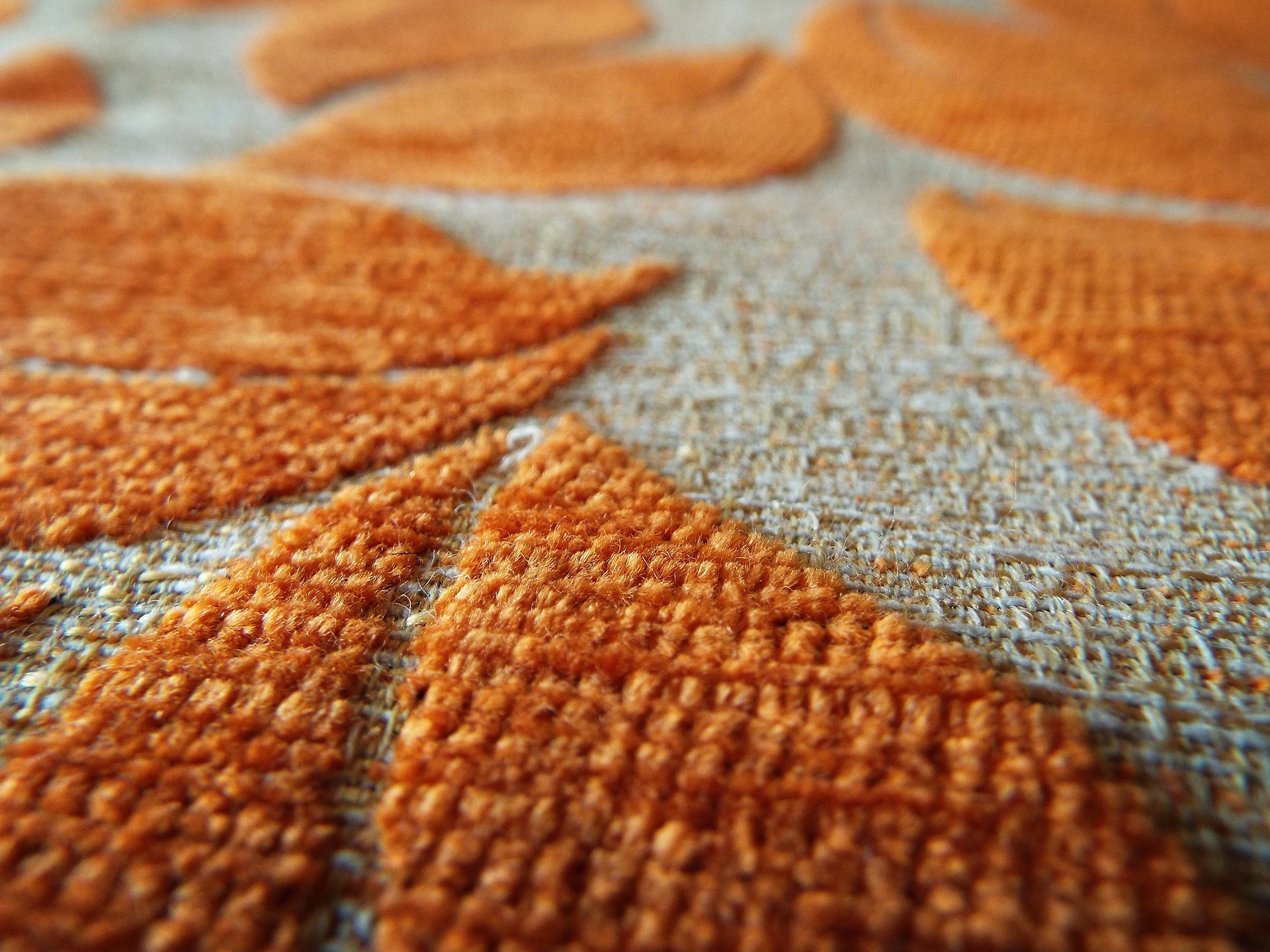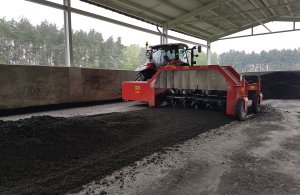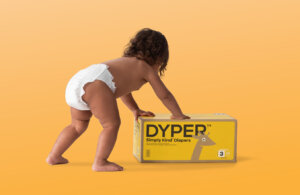DSM-Niaga: “screw glue” enables the recovery of pure materials after use. (Credit: Circulatenews.org )
Glues have been the cornerstone of linear mass production. Different materials can be easily combined for the huge variety of performance demands in our everyday stuff. But the same glues are a circular economy nightmare. They are a major obstacle when it comes to opening up products to salvage components, or for separating materials to create pure streams and achieve proper recycling according to an article on CIRCULATENEWS.org.
Circular economy initiatives in the built environment – for example by BAM or Arup – have also encountered this hurdle. In response, some developers have started building with “dry connections”. Different building materials like wood, varieties of plastic and concrete can be easily recovered if only screws are used. It’s a great solution, but not easy to implement in products like packaging, carpet, mattresses and alike.
So what about a glue that works like a screw? That’s the idea behind the DSM-Niaga joint-venture. Deploying this solution starts off in the same way, as the glue does what other glues do, holding layers together for the lifetime of the product. What is different however, is that this glue “unclicks” when exposed to a signal after use. This “screw glue” enables the recovery of pure materials after use, and thereby increases the business case for recycling.










